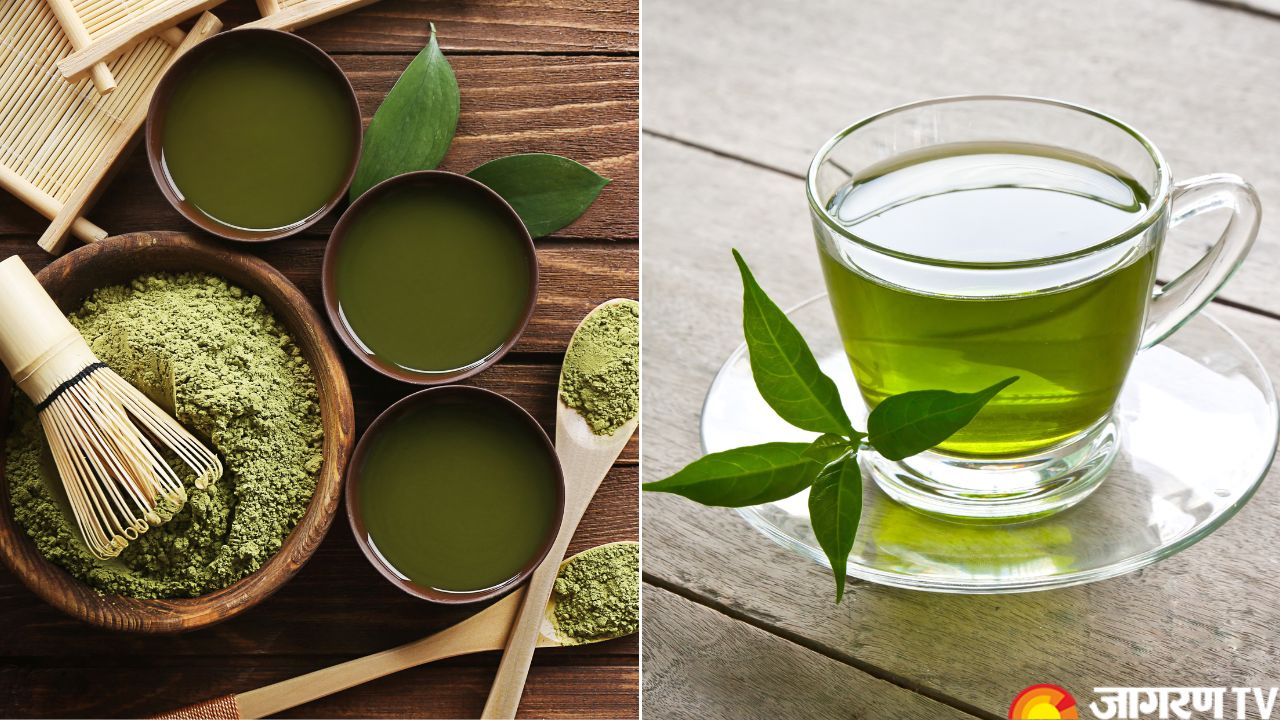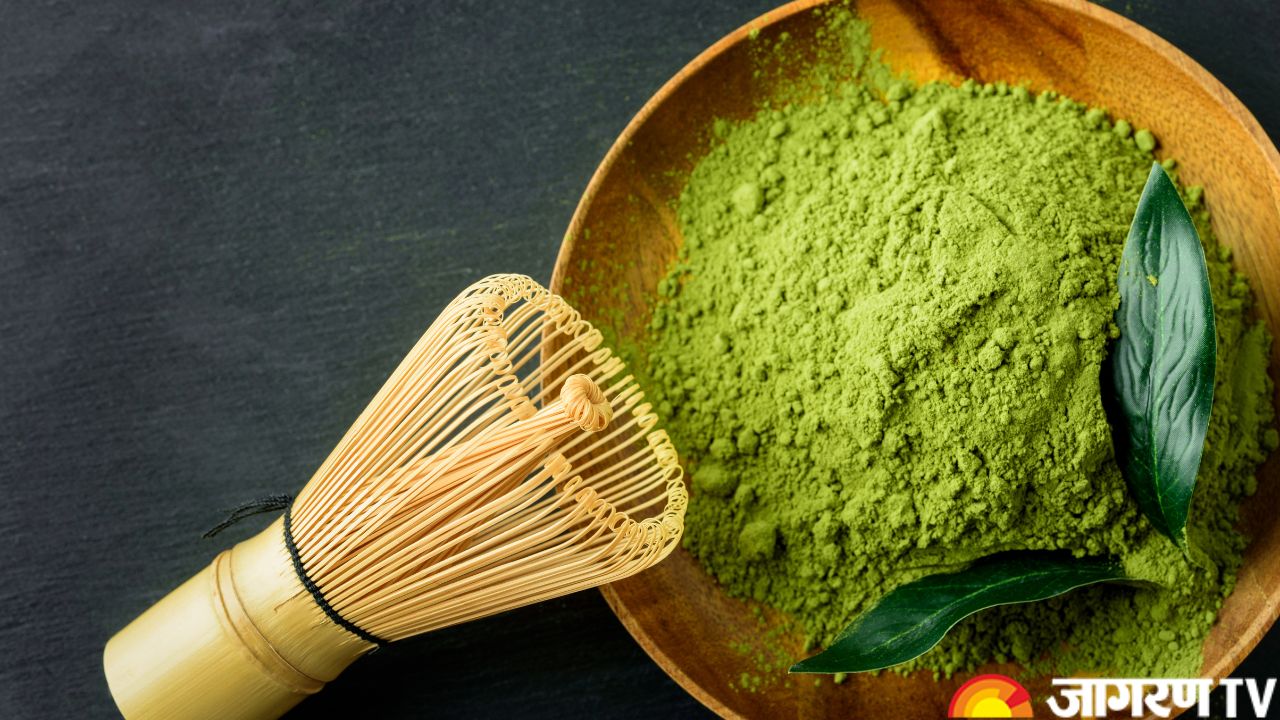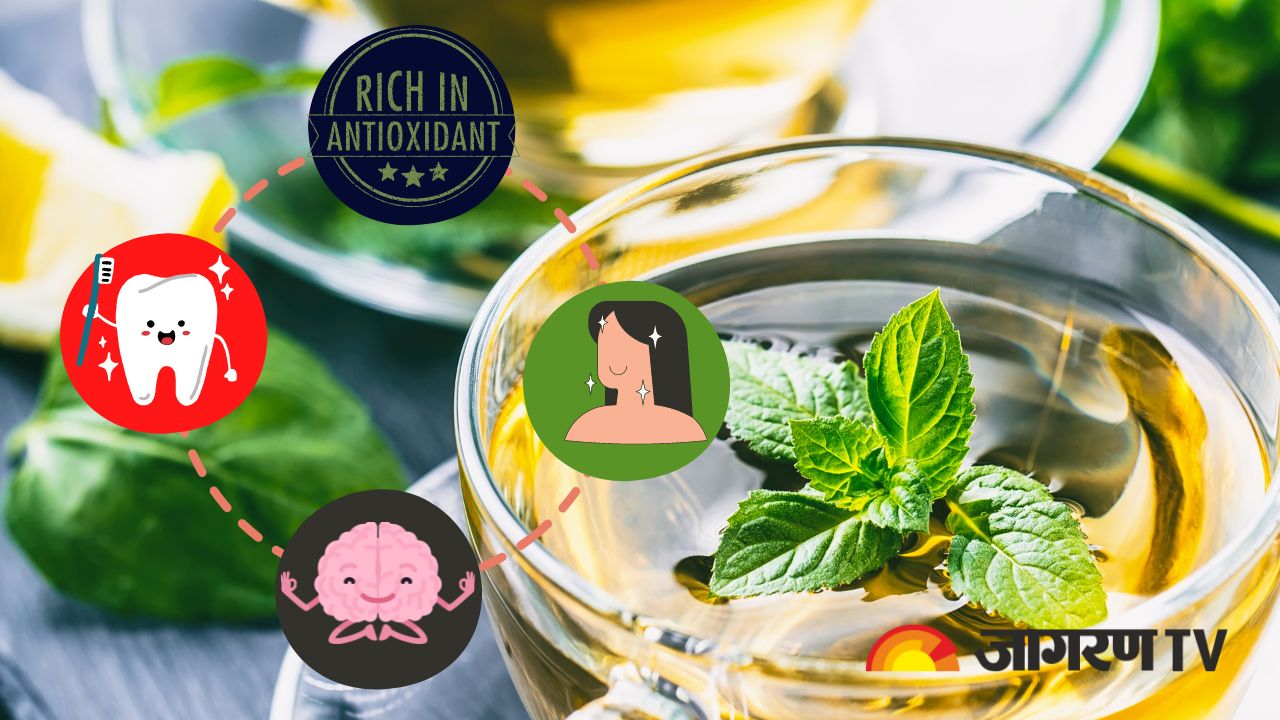Matcha Vs Green Tea: Is Matcha Healthier Than Green Tea? Know Key Differences, Caffeine Level, Benefits, and More

Matcha Vs Green Tea: Ever since the internet has gone frenzy over Matcha, the obsession with this green powder has become uncontrollable. People are using matcha for everything, tea, latte, coffee, smoothie, and what more. However, before matcha took the baton of the most famous beverage, everyone was living their life with a sip of green tea. Green tea has long been renowned for its health advantages, but matcha has recently taken the focus. While they both come from the same plant, Camellia sinensis, the benefits and differences are significant. Let us explore some unique characteristics of green tea and matcha, their health benefits, key differences, and which might be the healthier choice for you.
Green Tea
Green tea is among the least processed forms of tea. After plucking, the tea leaves are promptly heated to avoid oxidation, which would otherwise result in black tea. This minimal processing preserves the tea’s original colour, flavour, and a high concentration of beneficial components. Green tea comes in many different types, including Sencha, Gyokuro, Bancha, and Hojicha, each with its own flavour and scent influenced by factors such as growing region, processing methods, and leaf grade.
Green Tea Benefits
Rich in Antioxidants
Reduces oxidative stress and may lower the incidence of chronic illnesses.
Improve Brain Function
Caffeine and L-theanine work together to boost alertness, focus, and mood without the side effects that are commonly associated with coffee.
Weight Management
According to research, green tea can help with metabolism and fat loss.
Reduce Risk of Certain Cancers
EGCG and other chemicals may have anticancer effects.
Supports Heart Health
Green tea may help lower bad cholesterol and enhance blood vessel function.
Oral Health
Contains chemicals that can suppress bacterial growth in the mouth.
Control Blood Sugar
According to studies, green tea can help enhance insulin sensitivity.
Matcha Tea
Matcha is a finely ground powder of specially cultivated and processed green tea leaves. Unlike traditional green tea, where the leaves are steeped and then discarded, with matcha, you consume the entire leaf. This is what contributes to its vibrant green color and potent nutritional punch.
Process of Making Matcha
Several weeks before harvest, the tea plants are shaded from direct sunshine. This boosts chlorophyll production, giving matcha a richer green colour and a larger concentration of amino acids, including L-theanine, which adds to its distinct umami flavour and relaxing properties.
Only the best, youngest tea leaves are hand-picked. The leaves are briefly steamed to prevent oxidation and retain their brilliant colour and nutrition before drying.
The stems and veins are removed, revealing only the pure leaf content. Finally, the leaves are stone-ground to a fine, vivid green powder.
Matcha Tea Benefits
High Antioxidants
According to studies, matcha can have substantially more EGCG than regular green tea. This translates into increased antioxidant protection.
Enhanced L-Theanine
The shade-growing process boosts L-theanine levels, providing a state of calm alertness and better attention.
Detoxification Properties
Matcha’s strong chlorophyll content may help cleanse the body by binding to heavy metals and pollutants.
Anti-inflammatory Effects
Matcha’s powerful antioxidants can alleviate inflammation throughout the body.
May Boost Energy and Endurance
The combination of caffeine and L-theanine gives long-lasting energy without a crash.
Supports Skin Health
Antioxidants can protect the skin from harm while also promoting a healthy complexion.
Matcha Vs Green Tea
| Feature | Green Tea | Matcha |
| Cultivation |
Grown in full sunlight
|
Shade-grown for several weeks before harvest |
|
Processing |
Leaves are steeped, then discarded | Leaves are steamed, dried, de-stemmed, de-veined, and stone-ground |
| Form |
Loose leaves or tea bags
|
Finely ground powder
|
| Consumption |
Infusion of leaves; leaves are not consumed
|
The entire leaf is consumed (powder dissolved in water)
|
| Nutrient Content |
Good source of antioxidants, L-theanine, and caffeine
|
Significantly higher concentration of antioxidants (EGCG), L-theanine, and chlorophyll
|
| Colour |
Green to yellowish-green
|
Vibrant bright green
|
| Preparation |
Steeping leaves in hot water
|
Whisking powder with hot water
|
| Caffeine Level | Moderate | Generally higher due to consuming the whole leaf |
| Flavour |
Grassy, vegetal, nutty, sweet; often lighter
|
Rich, umami, slightly sweet, often with a pleasant bitterness
|
Matcha or Green Tea, Which is Healthier?
Matcha is considered healthier because of its higher concentration of beneficial ingredients. As matcha contains the complete tea leaf, you get a much higher concentration of antioxidants, including EGCG, as well as more L-theanine and chlorophyll.
To put it simply, drinking traditional green tea is equivalent to boiling spinach and drinking the water, whereas drinking matcha is equivalent to eating the entire spinach leaf.
However, this does not mean that traditional green tea is unhealthy. It still provides several benefits and is a great choice for everyday usage. The choice depends on personal preferences, intended benefits, and budget. Matcha is more expensive because of its labour-intensive manufacture.









